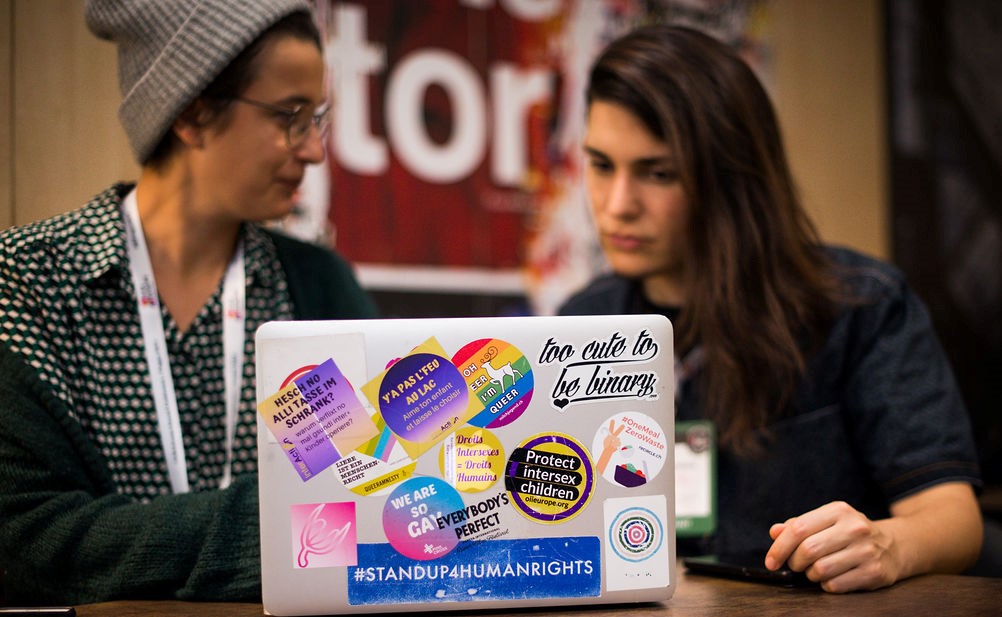5 things you can do to respond to the anti-gender discourse

Over the past few years in Europe and some other parts of the world, we have seen the rise of the ‘anti-gender’ movement, with opposition to LGBTI rights centralised around so-called “gender ideology”.
“Gender ideology” has become an all-inclusive mobilising tool, used by various groups in the anti-gender movement (many of them religious), political parties and even state establishments to prevent equality policies from being adopted and implemented.
Our societies are built on stories. They shape how we understand our relationships, what relationships we value and pursue, and how we classify ‘us’ and ‘them’. That we can deny rights to people based on their country of origin, sexuality, or gender identity, is only possible due to a set of beliefs, or stories, about one group being more deserving than another.
At ILGA-Europe we are working on various fronts to better understand the anti-gender forces and their impact on public discourse and the lives and rights of LGBTI communities. By understanding ‘framing’ — how these stories interact with our thinking -campaigners and activists can craft their communications to effectively challenge the anti-gender rhetoric and create sustainable social change.
“Your silence will not protect you,” the feminist author and activist, Audre Lorde famously wrote. As activists we learn that speaking out goes beyond simply being the loudest voice in the room. How can we deliver our messages to those who do not fully support in our cause, but may be brought around? Based on our ongoing research, here are five recommendations to challenge anti-gender discourse.
1. Speak to people’s best selves
Even people who we don’t agree with share many of our motivations and want to do the best they can. Respecting the journey people may have to go on and acknowledging their discomfort are key to reducing prejudice.
2. Create common ground
Common grounds can be more easily understood when visibility is enhanced in areas such as workplace and the neighborhood, for example by showing shared objectives and struggles. The values and challenges LGBTI people and the rest of society have in common should be highlighted. Message testing however showed that when the rights discourse is translated into specific examples that people can easily relate to, the attitudes of respondents are more positive.
3. Talk about change
Raising awareness of discrimination against LGBTI communities won’t work if people don’t see how they can contribute to the solution. Our research showed that respondents often don’t understand how they can play a positive role in making change happen. Presenting the existing problem with ideas of how people can play a positive role in solving it, will help you to turn it around!
4. Make it real
To the wider majority, LGBTI people are largely invisible; that’s why requests for rights are often not understood or taken on board. As discrimination is not seen in their everyday lives, it is a good idea to show them that LGBTI people exist and give illustrations of our actual experiences. Concrete examples such as personal stories are very helpful, especially if associated with issues (like access to employment) that non-LGBTI people can relate to.
5. Don’t reinforce stereotypes
In some countries LGBTI activists quoted derogatory terms used by the anti-gender movement to refer to LGBTI people in their messages. However, this strategy triggered negative reactions in our research and was considered inappropriate and too challenging. To bring people on board with your message, use non-inflammatory language that everyone can get on board with.